Opened on May 16, 2015, the museum tells the story of centuries of emigration by Poles from their homeland and examines the reasons and the results of this emigration for Poland, the emigrants and their descendants and the effect that these emigrants had on the countries where they settled.
The museum is the result of many years of preparation and research and is located in Gdynia, the centre of Polish emigration for much of the 20th century. The museum is housed in the wonderful Dworzec Morski (Eng: Marine Station) building which was the home terminal of the Gdynia-Ameryka Linie Żeglugowe S.A (Eng: Gdynia-America Lines) and later the Polskie Linie Oceaniczne (Eng: Polish Ocean Lines) companies and is the first place in Poland to properly examine the subject of emigration. When you consider that the Polish diaspora is estimated to be the sixth-largest in the world at over 6 million people and that once again in the modern age Polish emigration is a hot topic, the arrival of the Museum of Emigration is particularly timely.
The Mission and the Vision
The story of emigration from Poland is a long and often tragic one. It is the story of millions of people who left the country, sometimes willingly in the pursuit of dreams or in search of a better life but often as the result of forced exile or necessity. It is a story of hope, courage and challenges set against the backdrop of the country’s often turbulent history.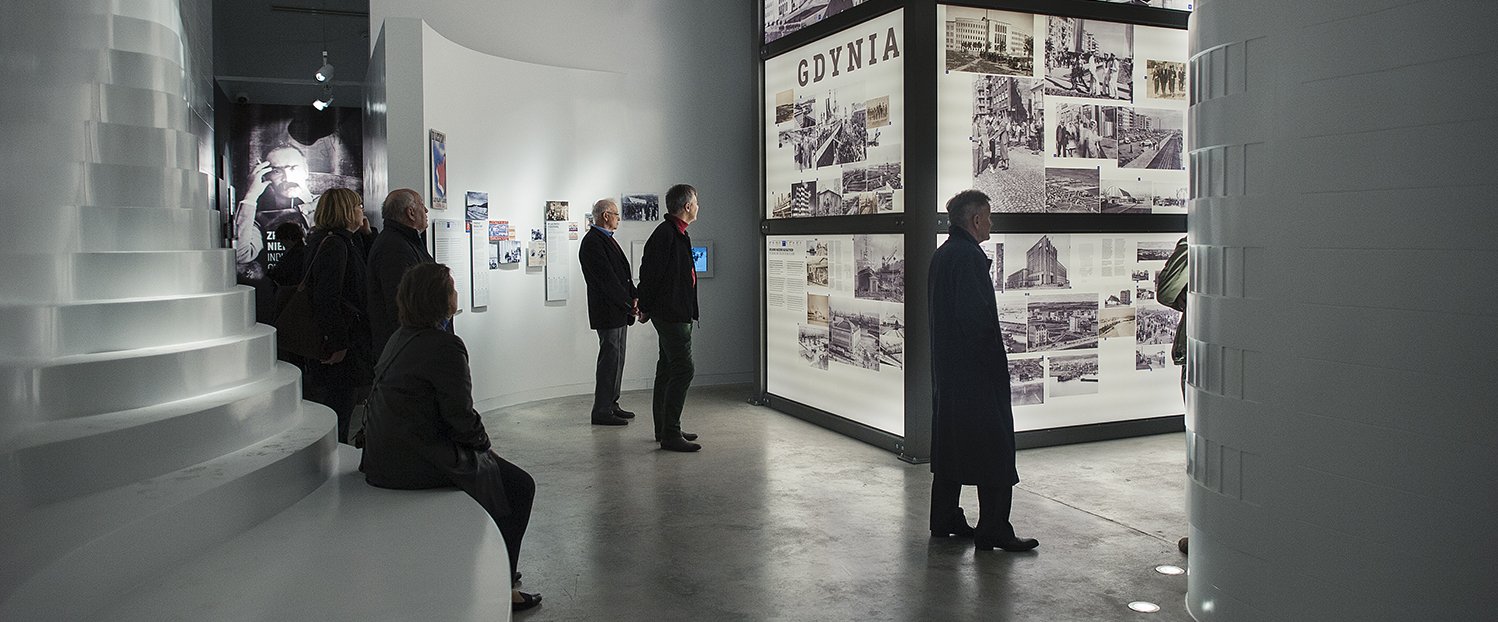
It is believed that there are more than 20 million people beyond the borders of Poland who are of Polish origin, including 3 million in Brazil, oddly enough. These descendants of émigrés sometimes carry their connection to Poland in nothing more than their surnames and it is typical for instance to see the rosters of American football teams with their fair share of ‘skis’.
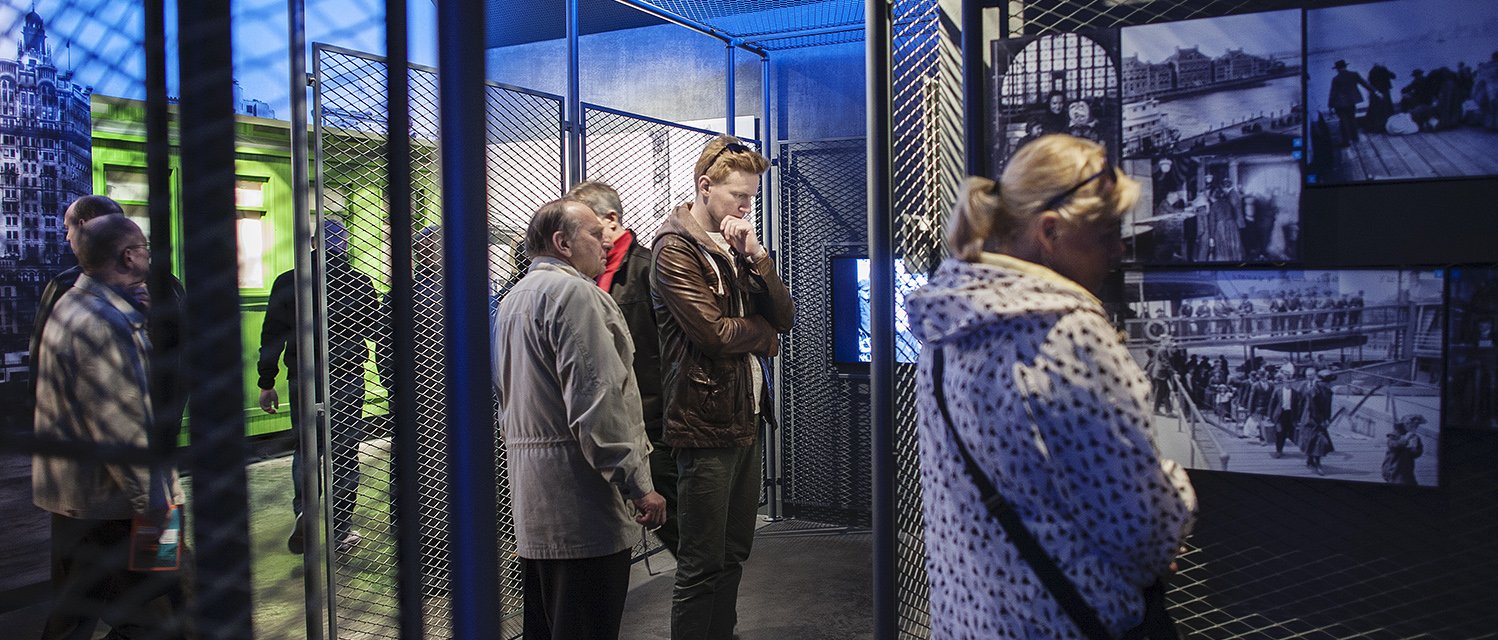
The mission of the Emigration Museum in Gdynia is to examine and explain the fate of millions of people, both anonymous and famous, whose names appear in annuls of scientific, artistic, commercial or sporting history. The museum would like to help Poles of today learn about or better understand the achievements of their countrymen and women from years gone by. That is one of the reasons that the museum is also a place for education and cultural events aimed at promoting discussion and learning.
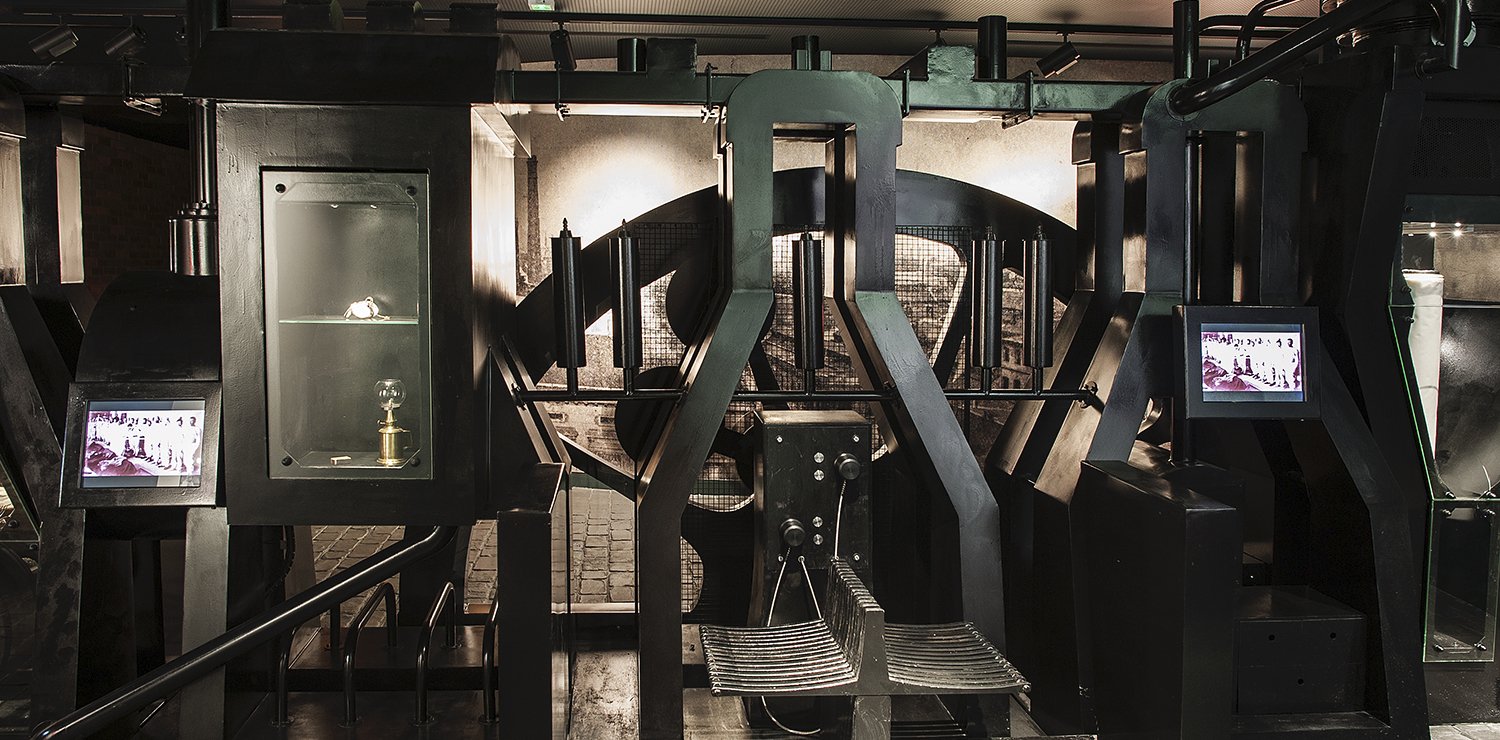
Dworzec Morski
The building which has been adapted to house the Emigration Museum in Gdynia is itself a valuable piece in the exhibition.Following World War I Gdynia expanded rapidly to become the newly-reborn Polish state’s major port and much of the architecture in the city reflects the Modernist fashion of the times. The Dworzec Morski is one of the most famous examples and the previously run-down building has been returned to its former glory. Prior to World War II, the building was one of the most representative in a city in which the Polish nation took great pride. Extensive work to the façade, north walls and interior have brought the former ruin roaring back to life.
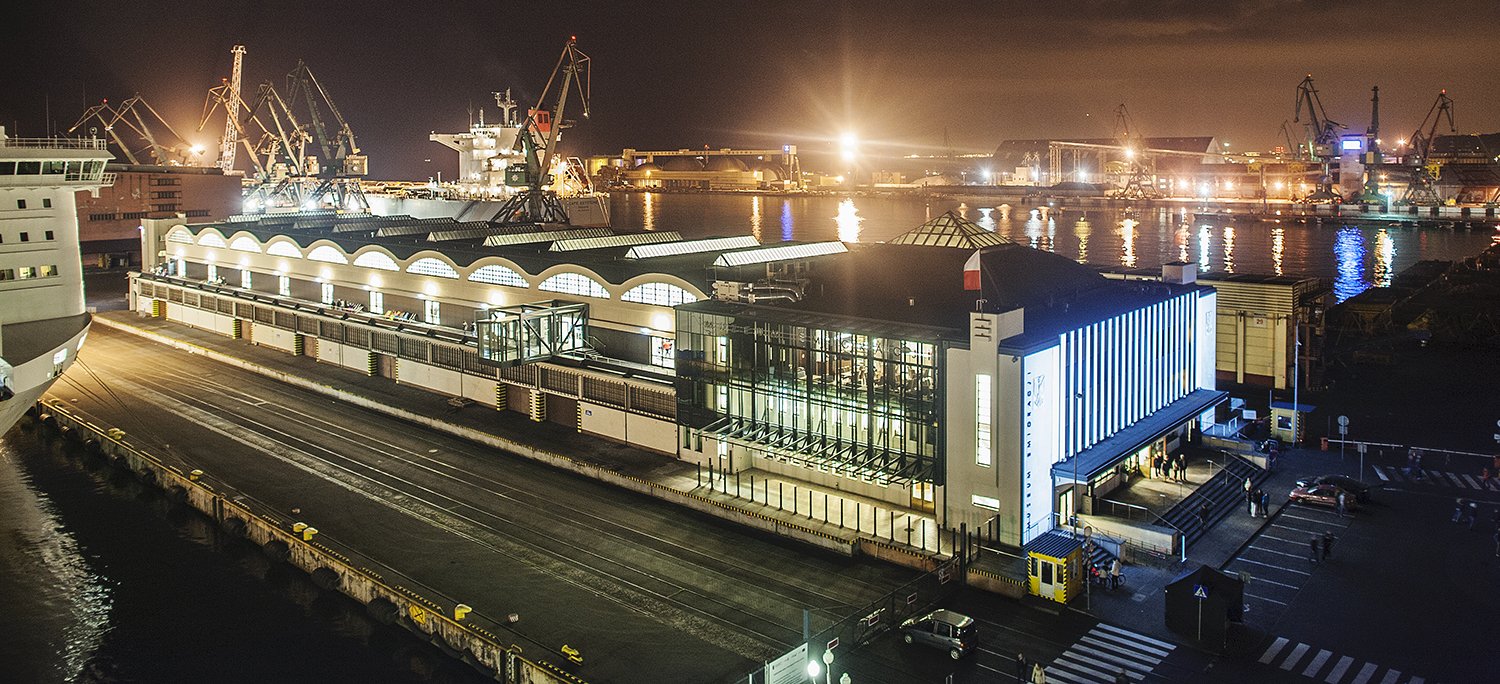
Along with the Dworzec Morski building, a fleet of liners was ordered. These were called ‘Piłsudski’ ‘Batory’, ‘Sobieski’, and ‘Chrobry’. These replaced three old-fashioned steamers – ‘Polonia’, ‘Kościuszko’ and ‘Pułaski’. The four modern liners all sailed to and from Gdynia right up to the war and it is estimated the Batory alone carried over 30,000 passengers on the route in the three years leading up to World War II.
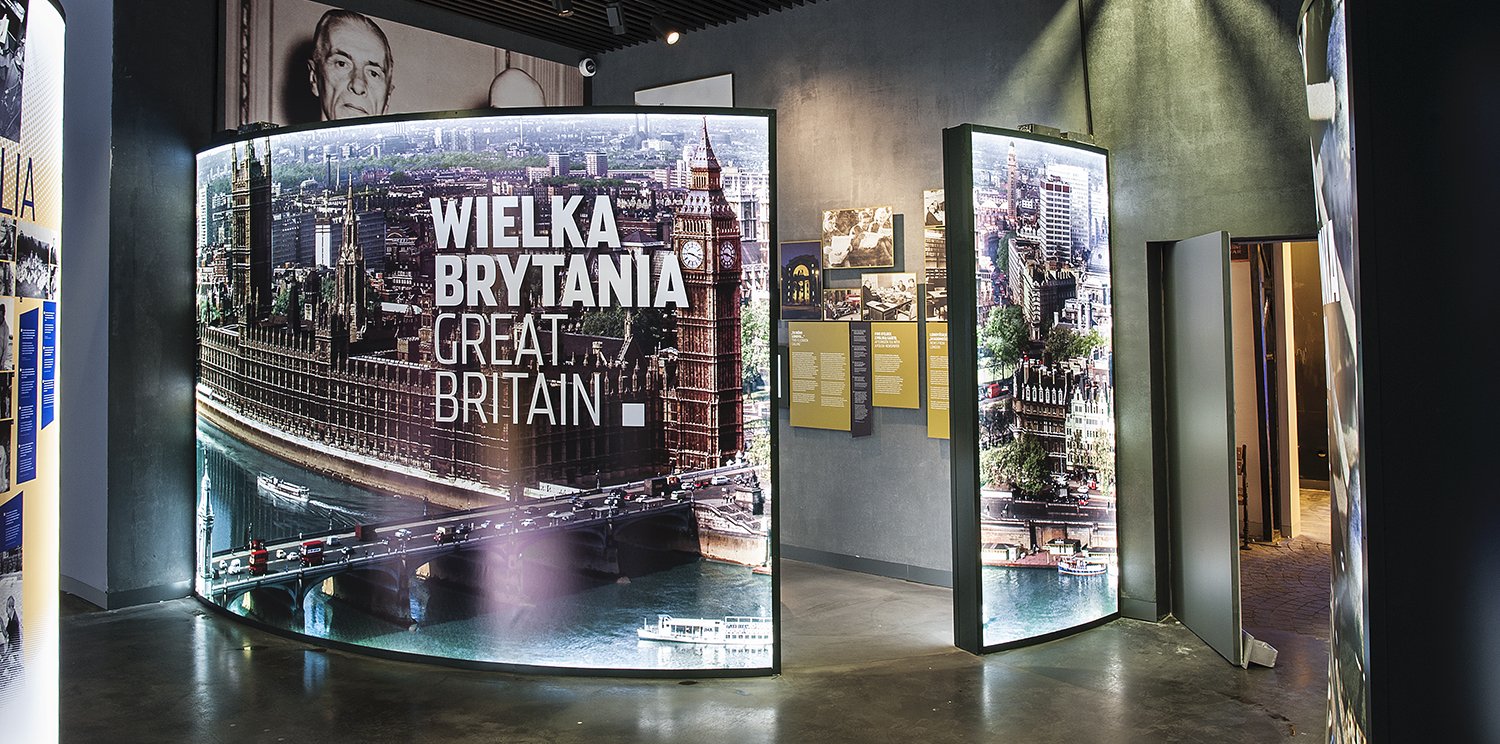
Can you help? - The Emigrant’s Archive
The museum’s scope of activity is intended to go way beyond that of a typical museum. It acts as a cultural and educational centre as well as continue to document the stories of Polish emigrants and their families and collect objects related to emigration. Two of the projects it is running and which you may be able to help with are called the ‘Emigrants’ Archive’ and ‘Emigration- in and of itself’.The Emigrant’s Archive is a unique project aimed at collecting the stories of people who were forced to leave their homeland. Emigrants having left their families to embark on a journey to a foreign land then had to build new lives, often from scratch. The museum would like to understand more about how they did this and what difficulties they had to overcome. Did they maintain contact with their families in Poland for instance?
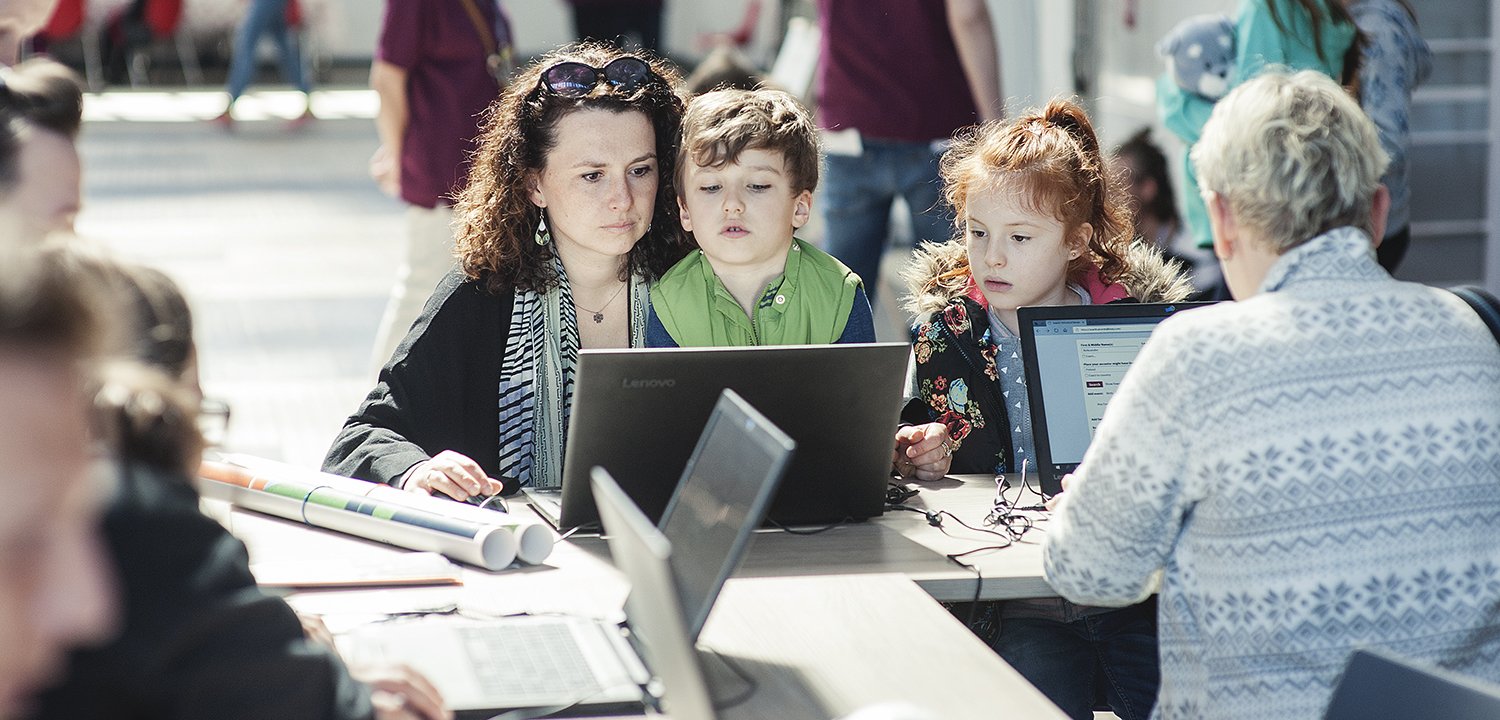
The Emigrant’s Archive was conceived in order to save individual accounts for present and future generations. They will be archived in written form, in sound and on film and will be used for exhibition purposes, for print and multimedia publications as well as being made available to the public online.
If emigration played a prominent role in your life or that of your relatives, please tell them, and the world, your story. All memories are important and deserve to be preserved and presented to a wider audience. We ask you to pass on your story by contacting the Emigration Museum: archiwumemigranta@muzeumemigracji.pl
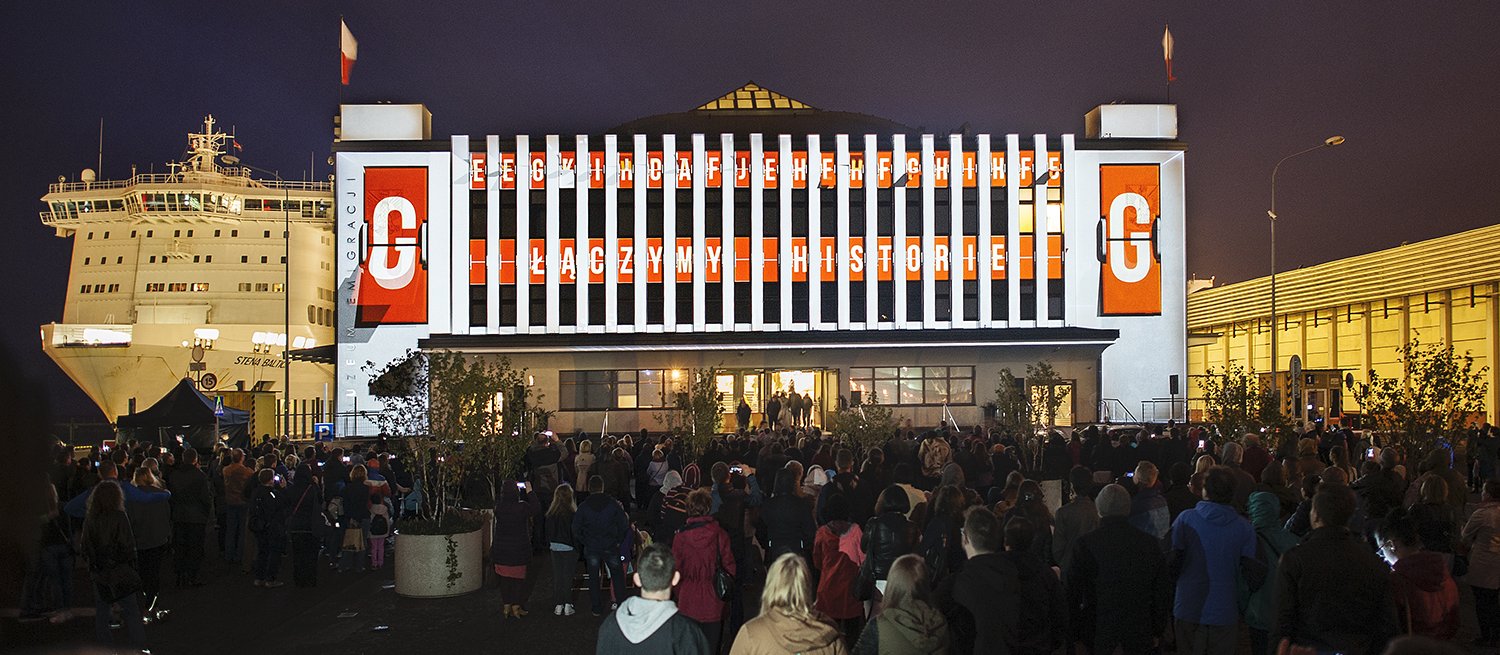
If you wish to take part in the building of this collection the museum will be delighted to accept any letters received from abroad, old postcards, family photos, diaries and documents, such as passports and tickets and any evidence of the wide range of activities Poles got up to abroad including those of course who went onto serve their homeland. Simple objects related to travel, such as old suitcases, are also of great value and if you wish to donate them to the collection with a brief description of their history the museum will try to make it part of history.


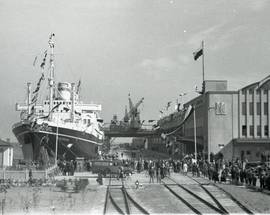

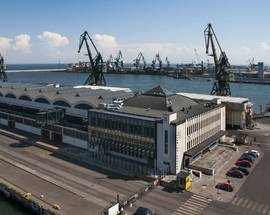



Comments